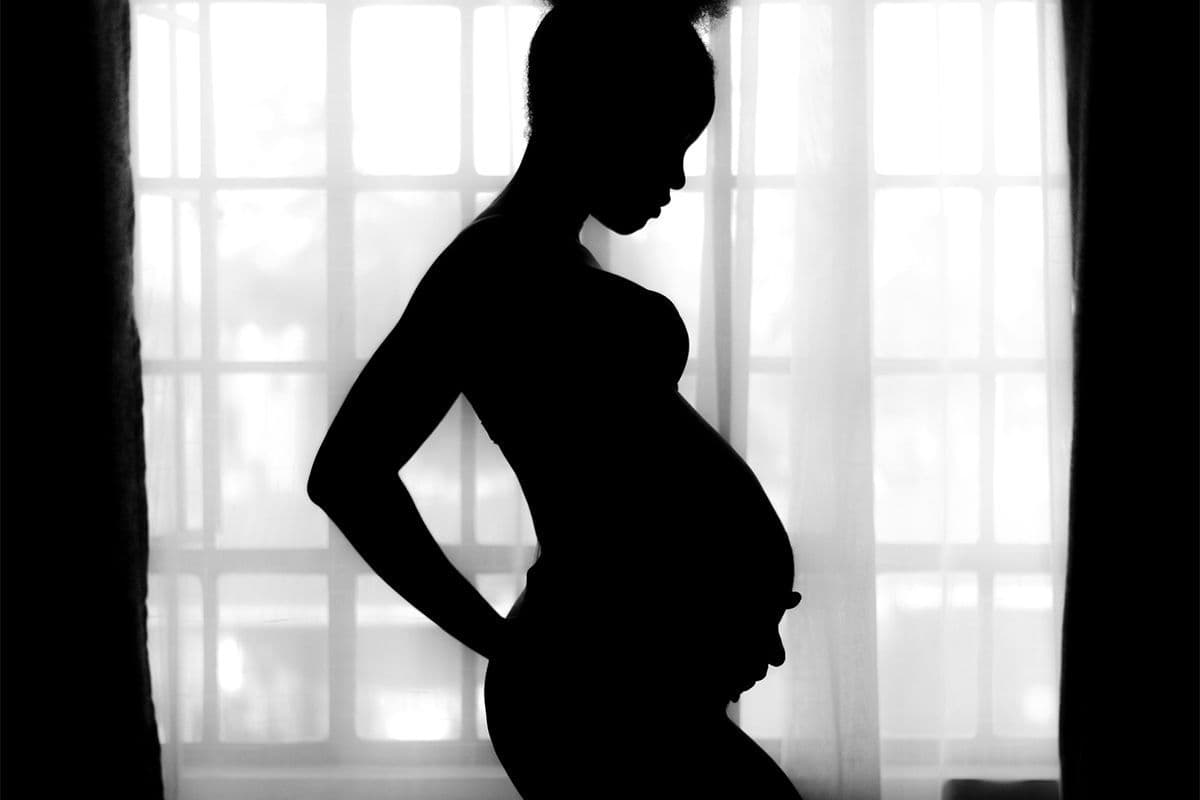Swimming and Water Safety During Pregnancy
Sports, Travel, and Leisure
Obie Editorial Team

Swimming is an excellent exercise option for pregnant women, offering a low-impact, full-body workout that can be both refreshing and beneficial. Whether you've been actively exercising before pregnancy or you're considering starting after your pregnancy news, swimming provides a superb opportunity to enhance your well-being. However, as with any physical activity, it’s essential to understand its limitations and prioritize safety.
To swim safely during pregnancy, equipping yourself with the right knowledge is vital. It isn't just about controlling your swimming environment; it's about truly grasping the risks associated with swimming in untreated or improperly managed bodies of water like pools, oceans, lakes, and rivers. Recognizing how germs operate and their real-world implications can drive home the importance of preparation and protection.
Swimming Pool Fast Facts
- Every year, over 12% of swimming pools are closed due to health violations that could pose illness risks to swimmers, regardless of their pregnancy status. Most of these violations are discovered during routine inspections by local authorities. If a pool is immediately shut down, it indicates a significant health threat from contamination.
- About 10% of swimming pools experience issues related to improper chlorination. While chlorine is not a catch-all for eliminating every germ in public pools, proper chlorination significantly reduces the risk of infection.
- Over 50% of spas and hot tubs fail health standards daily. The CDC reports that around 11% of these facilities require immediate closure to safeguard public health.
Germs and Recreational Water Illness Outbreaks
- Between 2007 and 2008, more than 13,000 individuals were reported to have suffered from recreational water illness according to CDC reports.
- Crypto, the predominant germ in both public and private pools, can survive for over 10 days even in properly chlorinated water.
- Over 70% of gastrointestinal infections stemming from recreational water contact are attributed to Crypto.
- More than 82% of gastrointestinal infections connected with treated (chlorinated) water were linked to Crypto.
- Shockingly, over 20% of adults remain unaware that swimming while experiencing diarrhea can pass illness to other swimmers.
Recreational Water Injuries
- In 2010, more than 3,000 injuries were linked to recreational water activities. A staggering 85% of drowning incidents occurred without life preserver protection.
- In 2008, pool chemicals were the cause of over 4,500 injuries. Most of these incidents happened at home due to contact with pool chemicals, gases, vapors, or fumes.
Swimming pool germs can lead to recreational water illnesses. Public pools usually undergo chlorination; however, numerous failures during inspections due to improper chlorine and pH levels result in immediate closures for maintenance. Maintaining proper chlorine levels is crucial for safeguarding swimmers' health, especially expectant mothers and other vulnerable groups. To mitigate the risk of recreational water illnesses, the CDC provides three important tips for swimmers.
Three Tips for Water Safety
- Be Aware: Awareness of potential hazards is crucial, especially for pregnant women. Whether swimming in a public or private pool, ensure that bodily fluids such as urine and feces are kept out of the water. Swimmers experiencing diarrhea or any gastrointestinal illness should avoid entering the pool. Showering with soap before and after swimming, taking regular bathroom breaks, and frequent diaper changes for young children can prevent contamination. Remember, preventative measures include reapplying sunscreen when swimming outdoors.
- Be Active: Whether it's a public or private pool, maintaining proper chlorination is essential in preventing germ infestation. Chlorine levels should range between one and three parts per million. Testing kits are accessible at pool supply stores, aiding in monitoring both chlorine and pH levels (between 7.2 and 7.8). Feel empowered to ask the local public pool staff about their maintenance routines. Regular testing, especially during peak times, ensures a safe swimming environment.
- Be an Advocate: Advocate for safe swimming conditions by engaging with pool maintenance practices where you swim regularly. Inquire about safety protocols and hyperchlorination schedules, which involve increasing chlorine levels to at least 20 parts per million for a minimum of 12.75 hours. This proactive step helps eliminate germs and maintains a safe environment for all swimmers.
Swimming is a superb form of exercise during pregnancy. It’s crucial, however, to ensure safety by maintaining vigilant pool hygiene practices to prevent infections and illness. Taking an active role in both personal and public pool maintenance goes a long way in safeguarding against recreational water illnesses.
Water safety is vital for everyone, from pregnant women to children and all individuals who enjoy swimming, whether in public or private pools or natural water bodies. Preparation and knowledge form the foundation of safety, helping protect against water-related injuries and illnesses annually.
This guide aims to empower you with knowledge on water safety and illness prevention during pregnancy. Remember: Safety first!
- Swimming When Trying to Get Pregnant
- Preventing Dangers Associated with Recreational Water Activities During Pregnancy
- Recreational Water Illnesses and Pregnancy
- Common Recreational Water Illnesses
- Basic Hygiene Tips for Preventing Recreational Water Illnesses During Pregnancy
- Swimming in Oceans, Lakes, and Rivers When Pregnant









